Often confused with the peach, a nectarine (Prunus persica) is a stone fruit related to apricot, almond, plum and cherry, which comes from the genus Prunus as well. The nectarine tree may resemble a peach tree and grows in regions with a cool winter period.
The nectarine is available in a variety of colors such as white, yellow, orange and red. Both peaches and nectarines can be clingstone, in which the pit stays stuck to the flesh, or freestone, in which the pit easily falls off.
Nectarines are available during the summer, making them a great addition to refreshing drinks and desserts. In 2003, China was the leading peach and nectarine producer, accounting for 38 percent of its global production.
In 2019, world production of nectarines and peaches was projected to be 19.9 million tons, with China continuing to be the world’s leader at 13.5 million tons. The European Union comes in second at 3.6 million tons and the United States comes in third with 734,000, followed by Turkey with 600,000.
Nectarines Versus Peaches: What’s the Difference?
It may be confusing to tell nectarines and peaches apart. Aside from the fact that they belong to the same subgenus, Amygdalus, they also belong to the same species, persica. Only one gene separates the one from the other, giving peach its fuzzy skin and nectarine its smooth skin. This table shows the differences between peaches and nectarines to help you determine which is which:
| Peach | Nectarine |
| Bigger in size with a soft and fuzzy coating | Round with smooth and shiny skin, and a more vibrant color |
| May be sweet (white-fleshed) or tangy (yellow-fleshed) | More aromatic and sweeter |
| Has an elliptical or round-shaped seed | Has a pointed and egg-shaped seed in the middle |
| Believed to have originated from China | Origin is unknown but it is assumed to have developed from peaches |
3 Nectarine Health Benefits That You Should Know
The nectarine may be small, but it is loaded with phenolics, which exhibit antioxidant properties, carotenoids and ascorbic acid. Its skin contains more of these nutrients rather than its flesh, so be sure not to peel this fruit unless necessary. Nectarine is also a potassium-rich fruit that may help maintain good muscle, heart and kidney health. This fruit may provide beneficial effects against the following health conditions as well:
- Obesity-related diabetes and cardiovascular disease —A Texas AgriLife Research study found that nectarines, along with peaches and plums, have antiobesity, anti-inflammatory and antidiabetic properties that may help inhibit obesity-related diabetes. These fruits contain bioactive compounds that may help suppress the oxidation of LDL (bad) cholesterol to help reduce your risk of cardiovascular disease as well.
- Constipation —Nectarine’s fiber content may help ease digestive issues like constipation and may help regulate your bowel function.
- Macular degeneration — This fruit is known to contain beta carotene that may help boost your eye health and reduce your risk of eye conditions like macular degeneration, which damages the macula and leads to vision loss.
To maximize these health benefits and avoid pesticide ingestion, you must ensure that you purchase and consume organic nectarines. Nectarines rank fourth in the “Dirty Dozen” list of Environmental Working Group’s 2019 Shopper’s Guide to Pesticides in Produce. More than 90 percent of nectarine samples were found to contain two or more kinds of pesticides.
If organic nectarines are unavailable at the grocery store, you could look for a local farmer who does not use pesticides, or you could plant a nectarine pit in your garden if you’re willing to wait a few years for it to grow into a tree and produce fruit. However, you should remember that this fruit is prone to wind scarring and brown rots because of its smooth skin.
10 Common Uses of Nectarine
Nectarines can be used in the same culinary manner as peaches because of their similar characteristics. Aside from being added as toppings in breakfast cereals, this fruit can be added to:
- Cobblers
- Fruit drinks
- Compotes
- Pies
- Pancakes
- Tarts
- Pastries
- Pies
- Jams
- Ice cream
If you’d like to eat nectarines as they are, make sure to rinse them first. You may eat the skins if they’re tender enough, but if using the fruit for baked goods, it is advisable to peel them, as the skin can loosen up when heated. Eating nectarine pits must be avoided because they contain amygdalin, which may harm your stomach.
Nectarine Nutrition Facts
Peaches and nectarines contain the same compounds with identical phenolic contents. A medium-sized nectarine contains 5.4 grams of fructose, which is an acceptable amount for daily consumption. But make sure you don’t consume too much of this fruit all at once, as to avoid drastically affecting your fructose levels. Other nutrients found in nectarine are indicated on the table below:
Nectarine Nutrition FactsServing Size: 100 grams, raw |
||
| Amt. Per Serving |
||
| Calories | 44 | |
| Calories from Fat | 0 | |
| Total Fat | 0.32 g | |
| Saturated Fat | 0 g | |
| Trans Fat | ||
| Cholesterol | 0 mg | |
| Sodium | 0 mg | |
| Total Carbohydrates | 10.55 g | |
| Dietary Fiber | 1.7 g | |
| Sugar | 7.89 g | |
| Protein | 1.06 g | |
| Potassium | 102 mg | |
| Vitamin A17 mg | Vitamin C | 5.4 mg |
| Calcium6 mg | Iron | 0.28 mg |
Frequently Asked Questions (FAQs) About Nectarine
Q: How should you eat a nectarine?
A: Nectarines may be eaten as they are, peeled or with their skins on, provided that they’re rinsed. Diced or sliced nectarines may also be added in various desserts and pastries.
Q: How should a nectarine be cut?
A: A nectarine can be cut in half and twisted for easier pit removal. Place the halves on a chopping board flat side down, and slice them thinly. If it is a clingstone, cut the nectarine toward the pit in quarters or eights, and then pull or slice off each piece.
Q: How do you ripen nectarines?
A: Put the nectarines inside a paper bag and keep them away from direct sunlight until they’re soft with a fresh scent.
Q: How should I store nectarines?
A: Similar to peaches, ripe nectarines must be stored in a plastic bag with holes inside your refrigerator.
Q: Are nectarines good for you?
A: Yes. Eating them not only can provide nutrients such as fiber, protein, potassium and vitamins A and C, but they also may have beneficial effects against obesity-related cardiovascular disease, constipation and macular degeneration.
Q: Can you eat the skin of a nectarine?
A: If the skin is tender enough, you may eat it. It’s advisable to remove the skin when using the fruit for baked goods, as it can loosen when heated.
Q: Are nectarines good for losing weight?
A: Yes. As mentioned, nectarines contain certain antiobesity properties that may help manage your weight and fiber that may help keep your digestive system in optimal shape.
Q: Can diabetics eat nectarines?
A: Eating nectarines is said to help reduce the symptoms of obesity-related diabetes. Just make sure to moderate your consumption to avoid overloading your fructose levels.
Q: Do nectarines make you poop?
A: Nectarines contain fiber that may help boost your digestive processes, resulting in regular bowel movements.

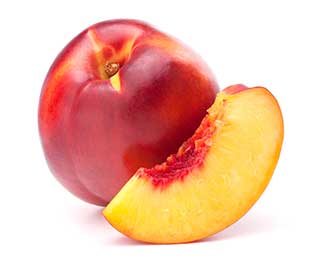

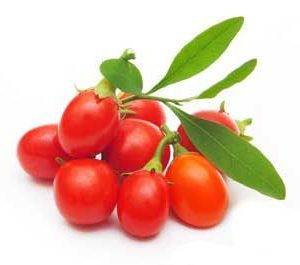
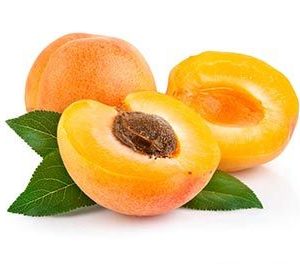
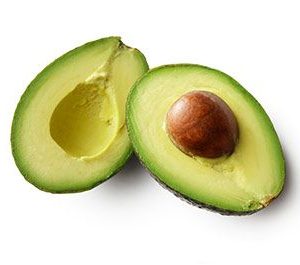
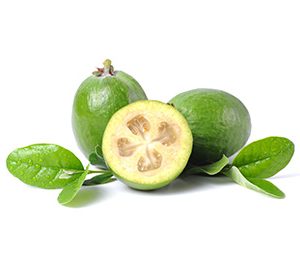
Reviews
There are no reviews yet.